Today, the Columbia River marks the boundary between Oregon and Washington. The river was named for the ship Columbia Rediviva whose captain, John Gray, sailed into the area in 1792. Gray was the first of many Euroamerican fur traders who would invade the area over the next half century.
American Indians had lived along the Columbia River for more than 10,000 years when the fur traders first made their appearance. The many different Indian nations and villages along the river were no strangers to the idea of trading as the river functioned as a kind of super-highway, linking the Indian nations of the Pacific coast with those of the Columbia Plateau, Great Basin, and even the Great Plains.
Among the manufactured European goods which the traders brought were glass beads. Indian artisans quickly adapted the use of beads for decorating clothing, bags, and other items. In her entry on beadwork in The Encyclopedia of North American Indians, JoAllyn Archambault reports:
“American Indians incorporated glass beads into their aesthetic and technical systems, and in some places replaced native-made beads with the new trade versions. Beads were strung, sewn, netted, woven, and used as inlay, and these techniques continue to be of primary importance today.”
JoAllyn Archambault also writes:
“By the twentieth century beadwork using glass beads had become one of the hallmarks of American Indian arts and, in the minds of many non-Indians, the emblem of Indian ethnicity. Most bead artists have been and continue to be women, and they have been very creative in the development of new techniques, styles, and aesthetics, as well as extremely productive.”
The Columbia Gorge Discovery Center in The Dalles, Oregon has displays of some of this Columbia River beadwork.
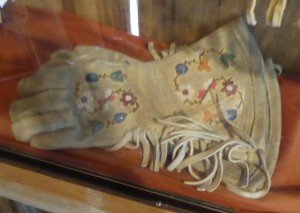
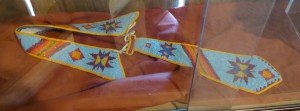
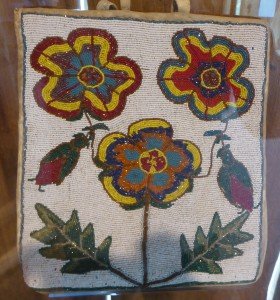
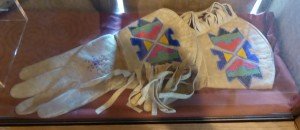
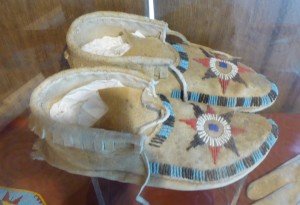
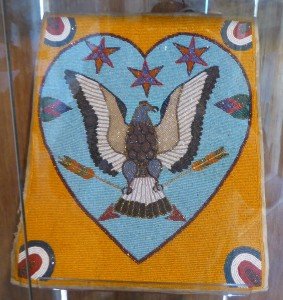
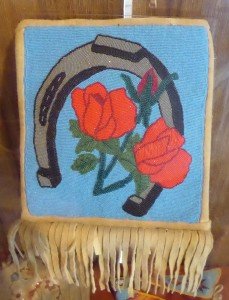
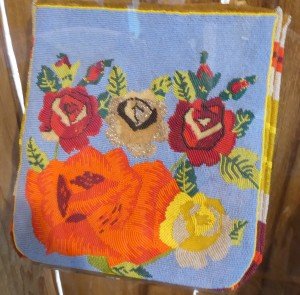
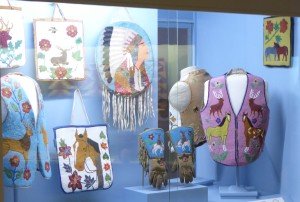
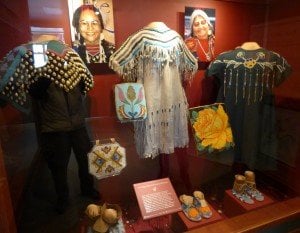
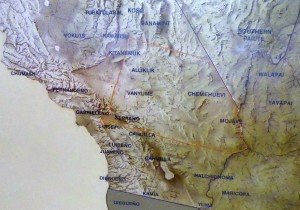
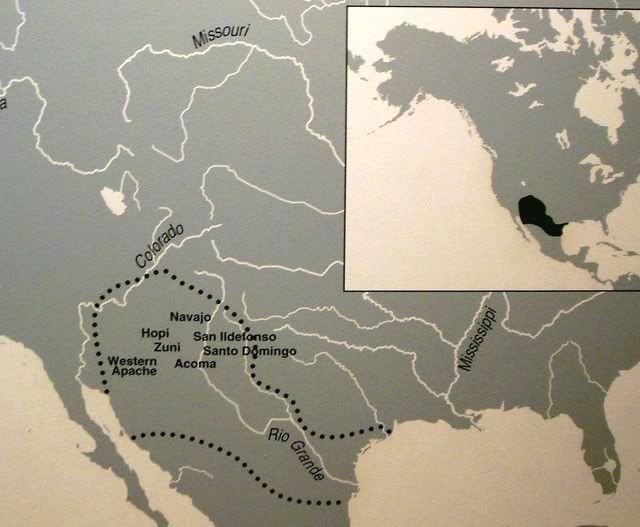
Leave a Reply